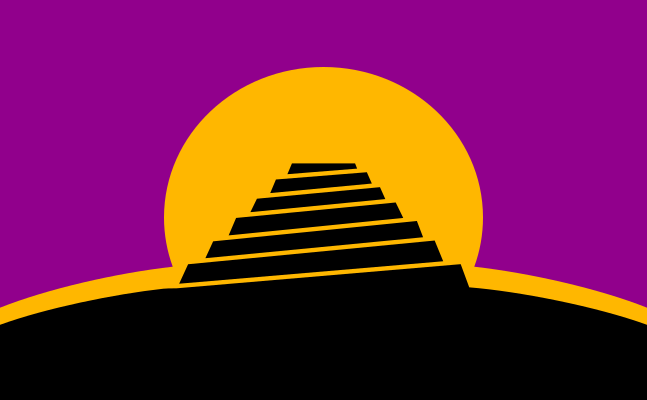A copenhagener in Leiden: Tobias Mosbæk Søborg at CIEL Seminar

Tobias Mosbæk Søborg is working on a project in Leiden at the moment. The leidenaars have invited him to give the Comparative Indo-European Linguistics Seminar for the month of March.
The title of his talk will be:
From reconstructing to constructing languages: How I created two conlangs for a movie about the Neolithic Revolution
Here are the practicalitites from the organisors:
The seminar will take place on Friday 31 March from 15:15 to 16:00 in Lipsius 0.02. To watch online, follow this Zoom link: https://universiteitleiden.zoom.us/j/65675331610?pwd=VmhFMXdtRHJ2ME4rVm9ydDBvS0Yvdz09.
Abstract
We historical linguists are not normally used to our knowledge being immediately relevant for commercial purposes. I was therefore very surprised when I was approached in the fall of 2020 by a production company and asked if I could help with an upcoming movie. The movie takes place right at the moment when agriculture came to Denmark. As its dramatic core, it focuses on the culture clash that must have occurred between the immigrating farmers and the local hunter-gatherers. Naturally, the story is entirely fictional, but the filmmakers had all intentions to make the world they wanted to depict as credible as possible. They had therefore already been in touch with archaeologists and anthropologists but also wanted to get the linguistic aspect right. They therefore got in touch with me with the hopes that I could tell them how people spoke at the time and translate the script for them. Having to disappoint them by telling them that, of course, no one knows, I instead suggested that I could create the languages for their movie: one for the farmers and one for the hunter-gatherers.
The movie has been long underway, and shooting will take place in Hungary this summer. I will be there throughout the period as well as training the actors in the languages in intensive workshops in the months leading up to the shooting. It is therefore still a work in progress. In this talk, I will present the process (so far) of creating these languages, how they are structured overall and how it has been working with non-linguists who have entirely different working methods and schedules. I will describe how
challenges can come up while teaching actors how to speak such constructed languages and the necessity to be open to adjustments at all turns (not all your linguistic quirks can stay). Lastly, I will touch on how my Indo-Europeanist background helped me in making these conlangs and how it has been using my linguistic knowledge in a creative way.
Have fun!
